Cervical cancer can be prevented through vaccination and be cured if diagnosed early. Yet it still kills more than 300,000 people worldwide each year. Globally, only around 21% of women have had a vaccine against the human papillomaviruses (HPVs) that cause the disease.
Cervical cancer could be eliminated: here’s how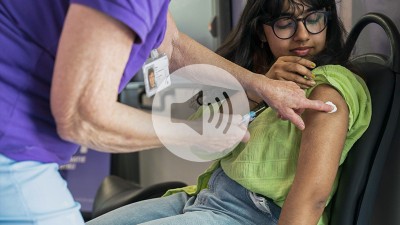
That number needs to rise to 90% by 2030, if cervical cancer is to be eliminated in the next century — as the World Health Organization (WHO) plans. Screening and treatment should also become routine worldwide, with 70% of people with a cervix checked by the age of 35 and again at 45, and 90% of those with signs of cervical cancer treated.
The world is not on track to meet any of these targets. A step change is urgently needed. The tools to vaccinate, screen and treat people are available, and effective. But a lack of funding, staffing and infrastructure — coupled with vaccine hesitancy — are major obstacles. Here, four specialists highlight pockets of good practice that can help to buck the trend.
LYNETTE DENNY: Target schools for vaccination programmes
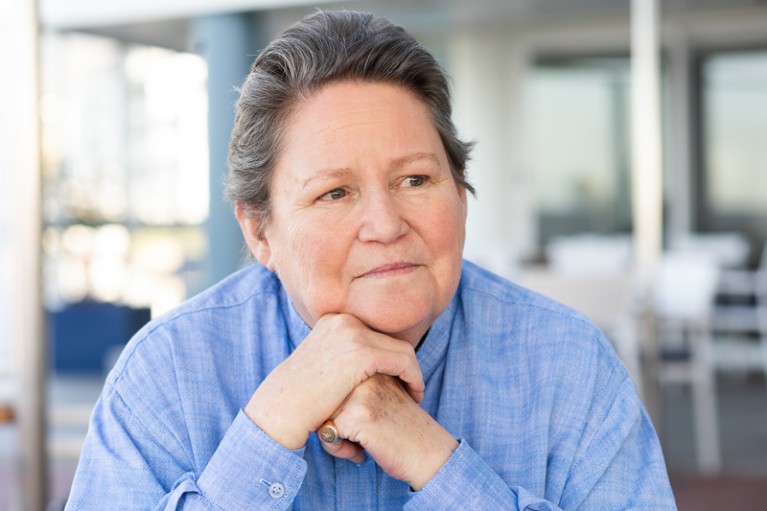
Oncologist Lynette Denny has spent 29 years working in the field of cervical cancer prevention.Credit: Lynette Denny
Schools are the most effective place to roll out national HPV vaccination programmes. As long as enrolment levels in education are high, it’s easier to reach young people at school than in health-care settings. Political will is crucial, as is collaboration between a government’s health and education departments — and close communication with schools.
I’ve seen the benefits of school-based vaccination at first hand. In 2013, I helped to run a pilot project targeting girls in 31 primary schools in South Africa, in regions where poverty and lack of health-care provision are typically obstacles to high vaccination rates. Our pilot provided 97.8% of eligible girls with what was then the full course of three vaccines1. (In December 2022, the WHO advised that a single dose is sufficient to protect against cervical cancer.) Similar results were seen in other pilots, including in Bolivia, Uganda and Vietnam.
Scaling these up to country-wide programmes requires determination. But lessons can be learnt from countries around the world. Take Rwanda. In 2011, it became the first low-income country to implement a national HPV immunization programme for girls in the sixth grade (mostly aged 11–12 years). By 2018, more than one million girls had received a vaccination — 98% of the target population2.
Women’s health research lacks funding — these charts show how
To do this, Rwanda had to overcome a lack of resources — a common problem in low- and middle-income countries (LMICs) — and put cervical cancer at the apex of its health agenda. Merck provided free vaccines for three years and helped to prepare for the national roll-out. Later funding came from GAVI, the Vaccine Alliance — an international organization focused on providing vaccines for children in LMICs. Multiple government departments3 collaborated to set up committees that would oversee all aspects of the programme. Together, these partners organized and delivered school-based vaccinations, rigorously monitored vaccination coverage and ran awareness campaigns4. Girls not enrolled in schools, or absent on vaccination days, were tracked by community health workers and vaccinated at health-care facilities instead.
As Rwanda shows, strong, trustworthy and reliable collaboration between all stakeholders is key. We’ve found the same ingredients to be essential in South Africa, where we invested more than six months in regular meetings between health-care workers, education providers, technology specialists and the government to ensure that the roll-out was well coordinated.
High-income countries, which typically have more resources and fewer barriers to introducing vaccination programmes, would do well to learn from Sweden. In 2012, the country rolled out a free, school-based HPV vaccination programme for girls as young as 10 — alongside a successful screening and treatment programme. Here again, planning and stakeholder cooperation was essential. By 2021, 90% of girls in the country had received one vaccine dose by age 15, and 84% had received two.
Going forward, governments around the world must place prevention of cervical cancer high on the health agenda. Health and education departments must cooperate, and must allocate funding to all aspects of HPV vaccination — from vaccine procurement to infrastructure, awareness campaigns to human resources. Without this focus, roll-out will fail.
ISHU KATARIA: Bust myths through communication campaigns

Ishu Kataria surveyed physicians in India to understand their hesitancy around the HPV vaccine.Credit: Ishu Kataria
People in India are generally not hesitant about vaccines, especially for children. Yet, the Indian government has not included the HPV vaccine in its national immunization programme — even though one person dies from cervical cancer every eight minutes here.
In 2019, I interviewed 32 physicians in Kolkata, to try and understand the hesitancy surrounding HPV vaccination5. The physicians’ foremost reason was that many parents associate HPV vaccination with promiscuity. Because HPV is transmitted through sexual intercourse, parents often assume that giving a young child the vaccine will be viewed in the community as a sign that they are sexually active.
Physicians were also unclear about the benefits of recommending the HPV vaccine before a child becomes sexually active, and they did not want to risk their reputation by making a recommendation that could be controversial. Similar concerns and misunderstandings are common elsewhere, including in Eastern Mediterranean countries6.
Cancer will cost the world $25 trillion over next 30 years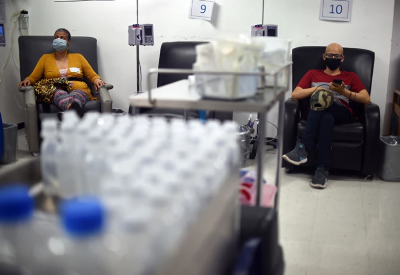
A campaign run by national health departments is needed to instil confidence in the vaccine among physicians. It should make clear that vaccination is most effective between the ages of 9 and 14, because that is when it produces the most robust immune response. The campaign should highlight that the vaccine is extremely safe. It should provide guidance on communicating the benefits to parents in a culturally sensitive way — as a vaccine to prevent cancer, rather than against a sexually transmitted infection.
Raising general awareness — among schoolteachers, parents, children and adolescents — is also crucial.
The campaign run by the health department for the northeastern state of Sikkim when it first rolled out the HPV vaccine in 2018 provides a blueprint for others to follow. Sikkim’s six-month-long campaign educated physicians, community leaders, government officials, the media and the public through workshops, written materials and television and radio broadcasts. It resulted in 97% HPV vaccine uptake among eligible girls7.
Indian states cannot afford to roll out the vaccine unless it is part of the national immunization programme (in which case the government covers the cost of the vaccine). The launch of an affordable, cost-effective, India-manufactured vaccine by the Serum Institute in September 2022 has put pressure on the Indian government to fund the HPV vaccine, with a decision expected after this year’s election. States should now lay the groundwork for roll-out, following Sikkim’s lead. Key first steps include communication with physicians and parents, along with logistical planning.
LISA HUANG: Integrate screening into health-care systems
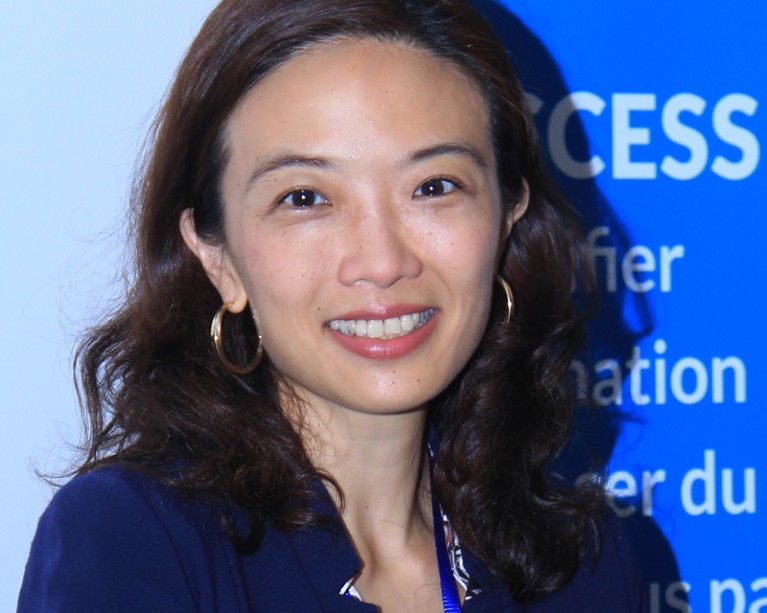
Public-health expert Lisa Huang.Credit: Expertise France
There is no one-size-fits-all approach to rolling out cervical cancer screening programmes. For LMICs, the best strategies focus on maximizing efficiency — and thereby reducing costs — for resource-poor countries.
This can be achieved by integrating screening and treatment programmes into existing health-care systems and facilities. The SUCCESS project, of which I am a director, is trialling such an approach in Burkina Faso, Côte d’Ivoire, Guatemala and the Philippines.
Performing screens in existing health-care settings minimizes the need for extra medical workers, who are scarce in LMICs. Screening programmes can be run in primary health-care settings, gynaecology clinics, family-planning services and — importantly — HIV clinics. The last is essential because the 20 million women living with HIV are six times more likely than other women to develop cervical cancer.
African scientists call for research equity as a cancer crisis looms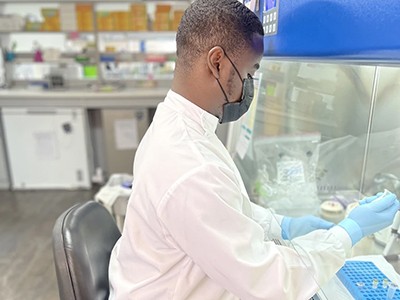
Local contexts need to be considered. In many countries, staff members will need to be trained in screening, and supply chains and inventory management systems will need to be set up. Digital health-information systems are crucial, allowing patient information to be passed between departments and between health workers to aid follow-up.
In the SUCCESS project, we’ve seen the benefits of such digital solutions. In Burkina Faso and Côte d’Ivoire we’ve made use of the DHIS2 Tracker, an app available as part of DHIS2 — an open-source health-information management platform widely used in LMICs. Using a tablet, a health-care worker can input patient information into the tracker along with information about any follow-up needed, which the patient can be told of either by instant messaging or when visiting another health centre.
Although it is challenging to collect digital data in LMICs, I am confident that tracking screening will save lives. Governments should aim to implement tracking technologies as soon as possible. People often resist complex changes, so engagement with health-care workers is an essential first step in a move towards digitization, to gain support for the switch. Investment from local and international funders is key, and time must be taken to understand each country’s health-care ecosystem and ensure that new digital solutions are interoperable with those already in use.
KATHLEEN M. SCHMELER: Use international mentors to train doctors
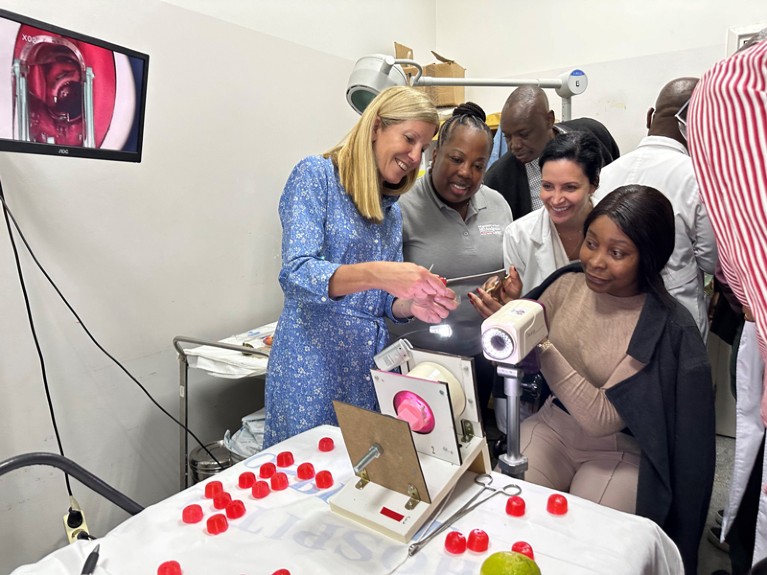
Kathleen Schmeler helps to train medical graduates in Mozambique.Credit: Sarah Berger
LMICs face a shortage of medical providers. Just 4% of the global medical workforce is in Africa, for instance — yet the continent shoulders one-quarter of the global disease burden8. Most LMICs have no formal training programmes for cancer specialists, particularly surgeons. In these countries, more specialized nurses and physicians are urgently needed to diagnose and treat cervical cancer.
Global collaboration can help to meet the need for training, as demonstrated by two international projects in which I’ve been involved. Both focused on Mozambique, a country that has no organized screening programme and few trained medical providers. In Mozambique, 39 of every 100,000 women die from cervical cancer, compared with the global average of 7.2.
First, I co-lead a collaboration between the Mozambique Ministry of Health, the MD Anderson Cancer Center in Houston, Texas, and five institutes in Brazil. The collaboration — which was initiated in 2014 at the request of the First Lady of Mozambique — aims to build capacity in Mozambique by teaching the nation’s medical providers to treat ‘pre-cancerous’ cells. Specialists from Texas and Brazil travel to Mozambique three or four times a year to provide lectures, hands-on training and mentoring to trainee doctors and nurses. We train 30–40 participants each time. Ongoing support is provided through monthly video conferences.
Second, I co-chair a global gynaecological oncology fellowship run by the International Society of Gynecologic Cancer (see go.nature.com/4b6edzk) for institutions in LMICs that lack formal training in cancer care. The fellowship site is paired with a partner institute in a high-income country. Fellows — recently, graduates in obstetrics and gynaecology — spend two years undertaking a comprehensive education and training programme, mainly in their home country, but with a few months at the mentor institution. Maputo Central Hospital in Mozambique was a pilot site when the programme first began in 2017. There are now fellowship sites in 22 countries.
Each of these projects initially required a handful of very motivated international mentors. But training and mentoring is now being performed, at least in part, by programme graduates living in Mozambique.
To scale up these efforts, institutes in high-income countries must coordinate with one another, and enhance collaborations with health ministries and training institutions in LMICs. Funding for our work has come from small grants, philanthropic, institution and foundation budgets, and often from the volunteers themselves. These types of donation can fund individual projects, but investment from governments, United Nations agencies and industry partners is needed to make the approach work on a global scale.

 Cervical cancer could be eliminated: here’s how
Cervical cancer could be eliminated: here’s how
 Women’s health research lacks funding — these charts show how
Women’s health research lacks funding — these charts show how
 Cancer will cost the world $25 trillion over next 30 years
Cancer will cost the world $25 trillion over next 30 years
 African scientists call for research equity as a cancer crisis looms
African scientists call for research equity as a cancer crisis looms
 A vaccine against the cervical-cancer virus shows its prowess
A vaccine against the cervical-cancer virus shows its prowess







